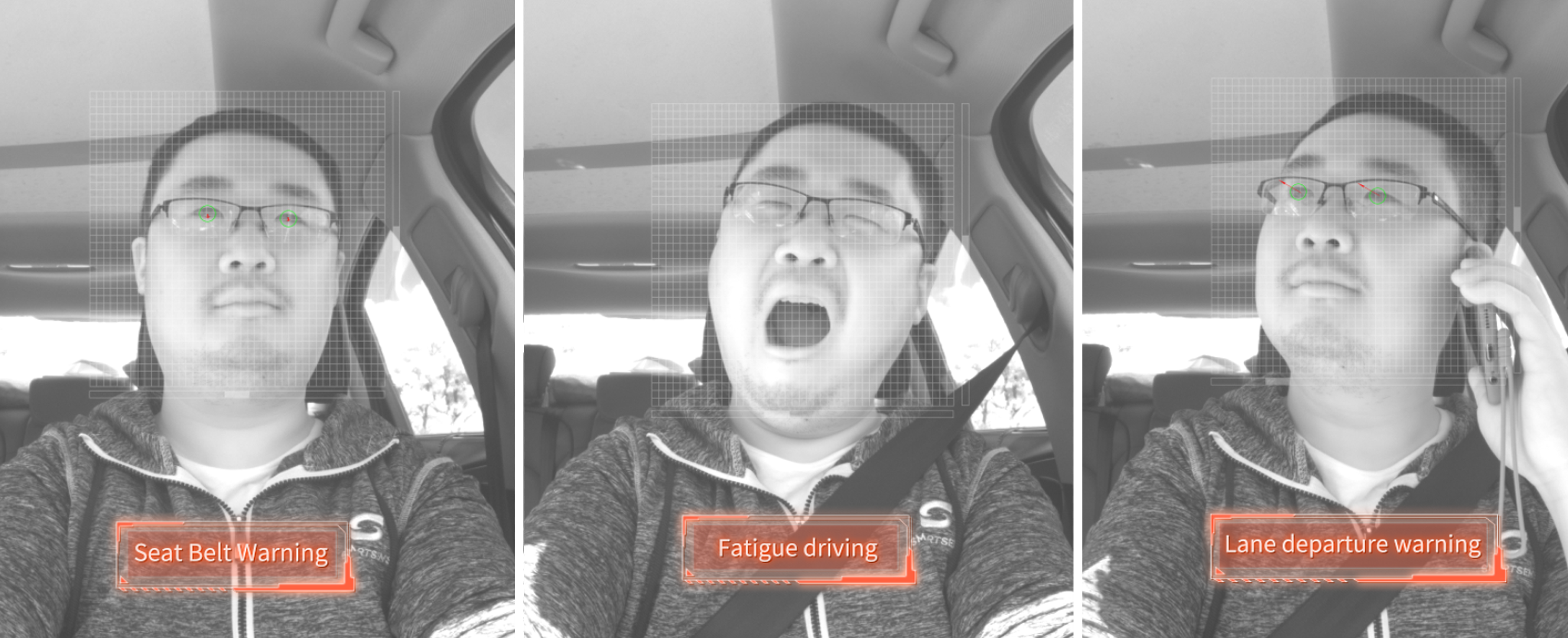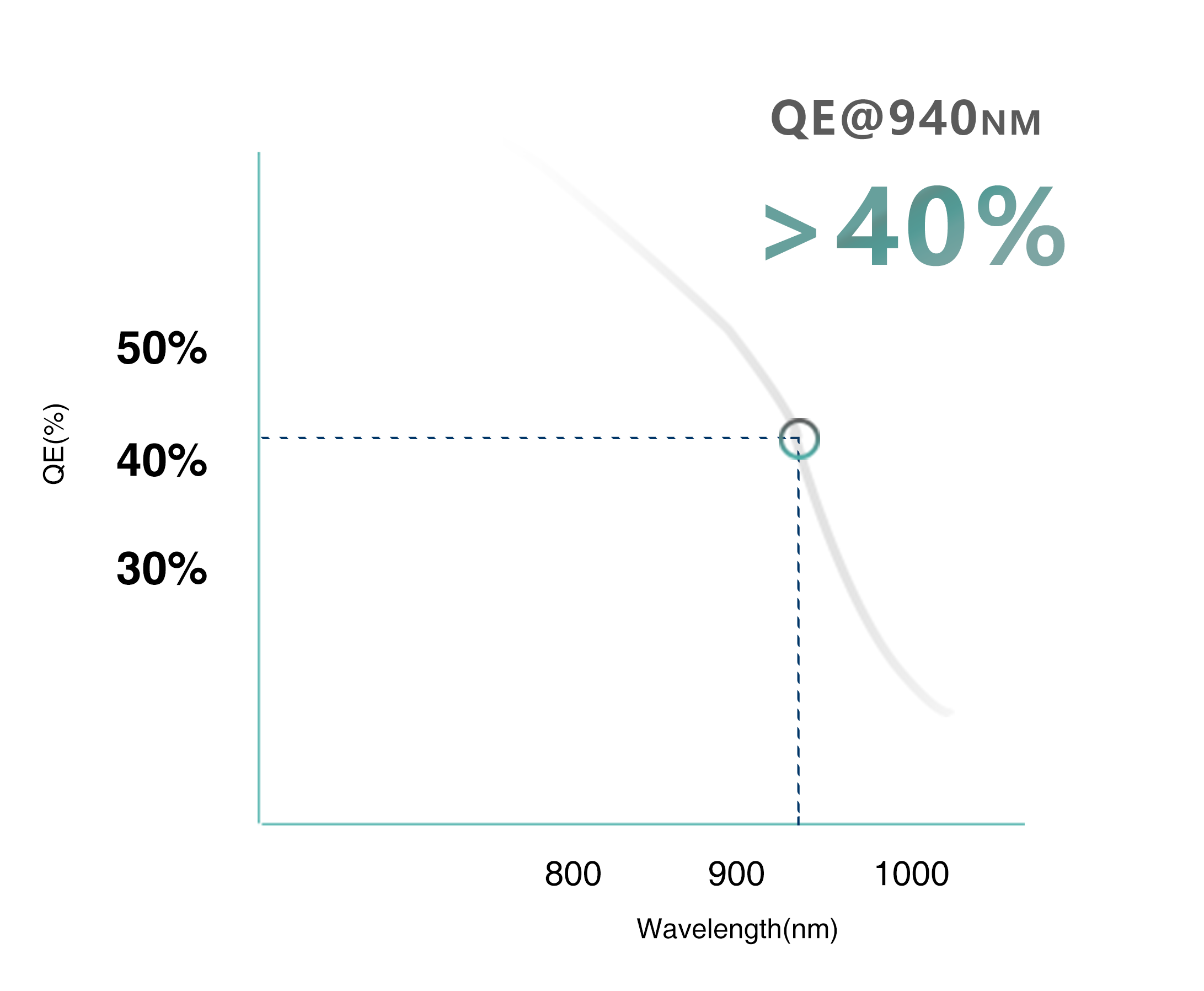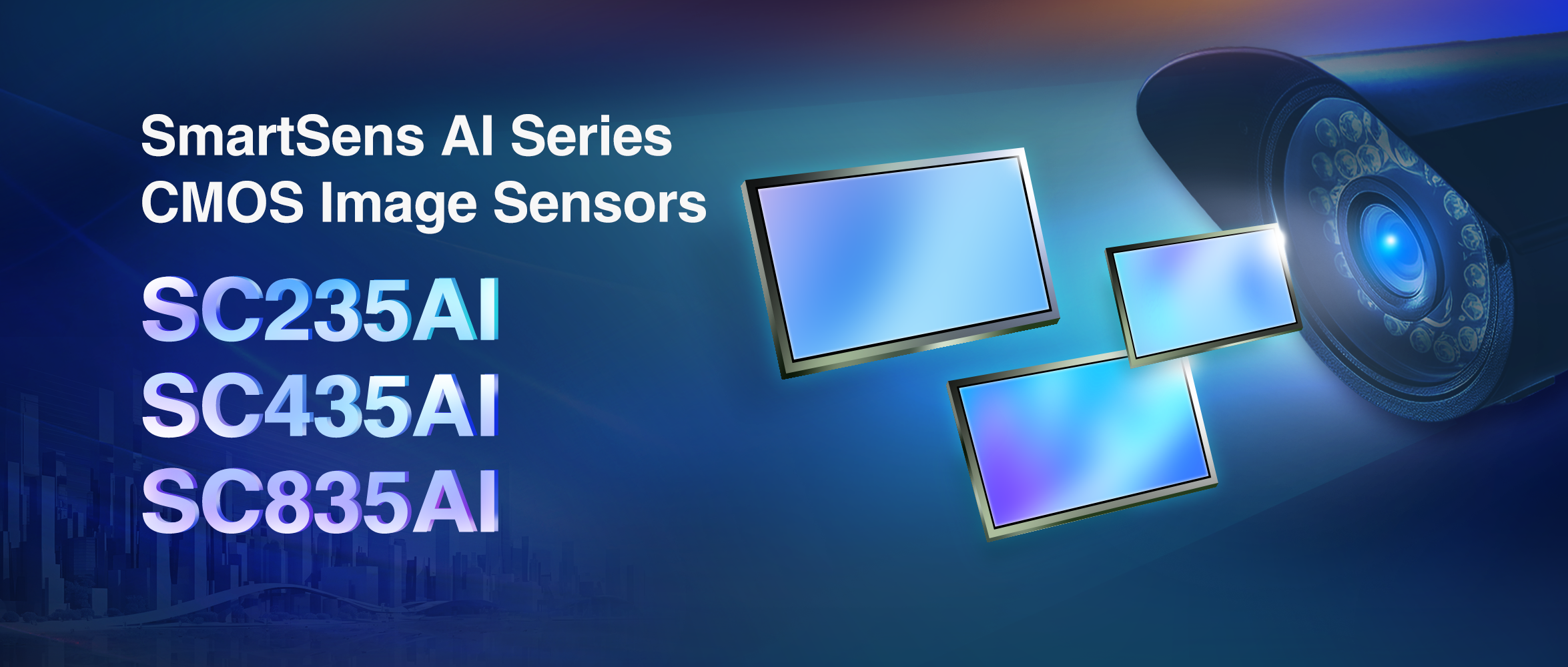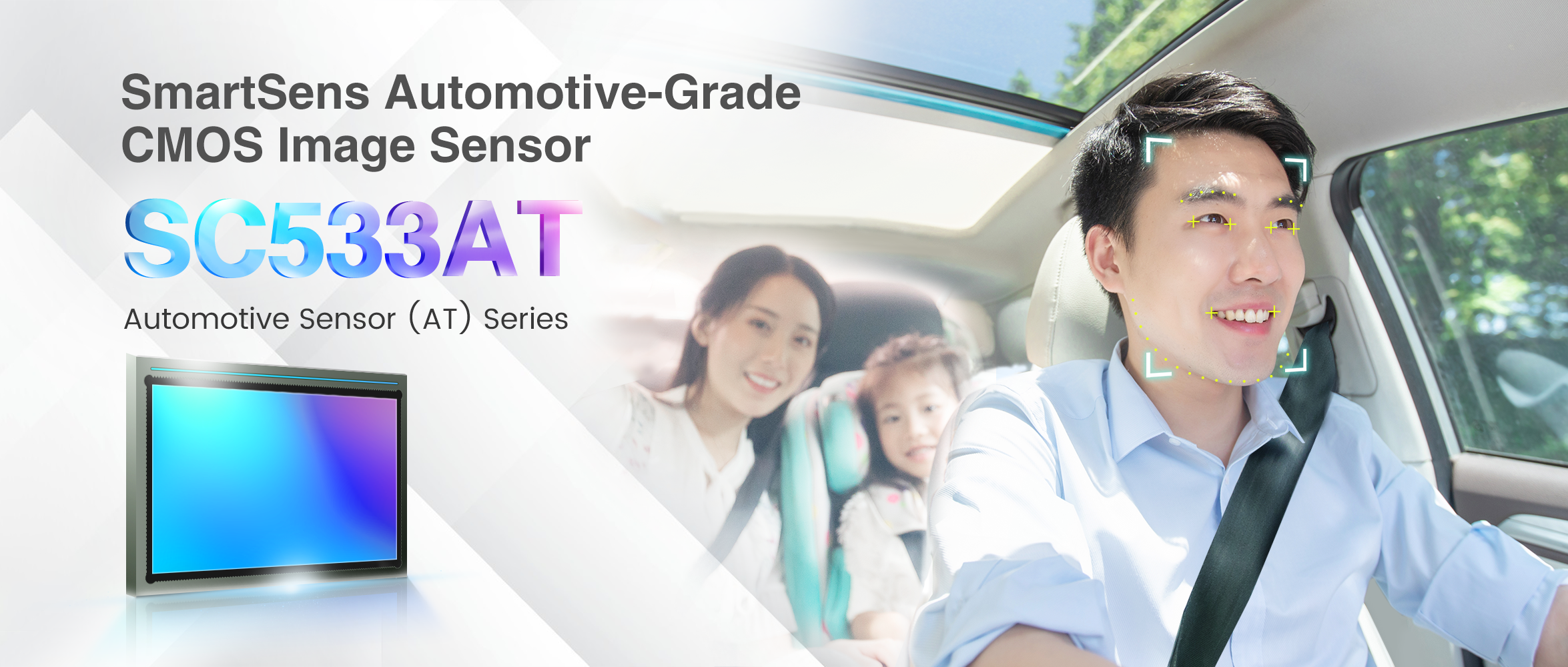SmartSens Launches SC133GS 130W Pixel Global Shutter CIS for In-Vehicle Automotive Applications
2020-10-23
SmartSens today announced the launch of its SC133GS CMOS 130W pixel CMOS sensor with global shutter and fan-out package to further enhance performance in automotive settings. The solution delivers superior signal-to-noise ratio, ultra-high sensitivity, and excellent dynamic range to address growing demand for intelligent in-vehicle technology and smart car applications such as driver monitoring systems (DMS).
DMS systems equipped with the SC133GS can monitor driver attentiveness by tracking face and head movements during vehicle operation. The solution facilitates identification of eyelid closure, blinking, gaze direction, yawning, and head movements—all of which can indicate dangerous situations that precede potential road hazards and accidents. The real-time feedback and data from the SC133GS can be used to trigger alerts and warnings for the driver and vehicle occupants.


In low-light driving environments, the sensor’s ultra-high sensitivity (QE @ 940 nm > 40%), which is capable of reading near-infrared light, offers unprecedented visibility of vehicle occupants.
Combined with a high 120 fps frame rate and single-frame HDR technology that has garnered numerous industry awards to provide real-time images with clearly visible light and dark details, the sensor can accurately capture the most subtle changes in occupants’ movements—such as dropping eyelids and downward tilting of the head. The result is high-quality and undistorted information for intelligent recognition systems to improve overall safety.

“With the SC133GS, SmartSens continues to advance the automotive industry’s transformation to autonomous driving through the enablement of occupant monitoring in the full range of real-world conditions,” said SmartSens Deputy General Manager James Ouyang. “The SC133GS combines several proprietary SmartSens technologies, including global shutter, to create a smarter and safer vehicle environment for drivers and their passengers.”
相关新闻

SmartSens Adds Three New CMOS Image Sensors to Its AI Series for AIoT and Security Applications
查看更多 >
SmartSens Announces 5MP Global Shutter CMOS Image Sensor for Industrial Machine Vision Camera
查看更多 >
SmartSens Announces New 13MP CMOS Image Sensor for Smartphone Cameras
查看更多 >
SmartSens Unveils 8K and 16K Linear CMOS Image Sensors for Industrial Line Scan Cameras
查看更多 >
SmartSens Releases New 5MP Automotive-Grade RGB-IR Global Shutter CMOS Image Sensor for In-Cabin Monitoring Applications
查看更多 >
SmartSens Announces Two New AI Series CMOS Image Sensors for AIoT and Security Applications
查看更多 >

